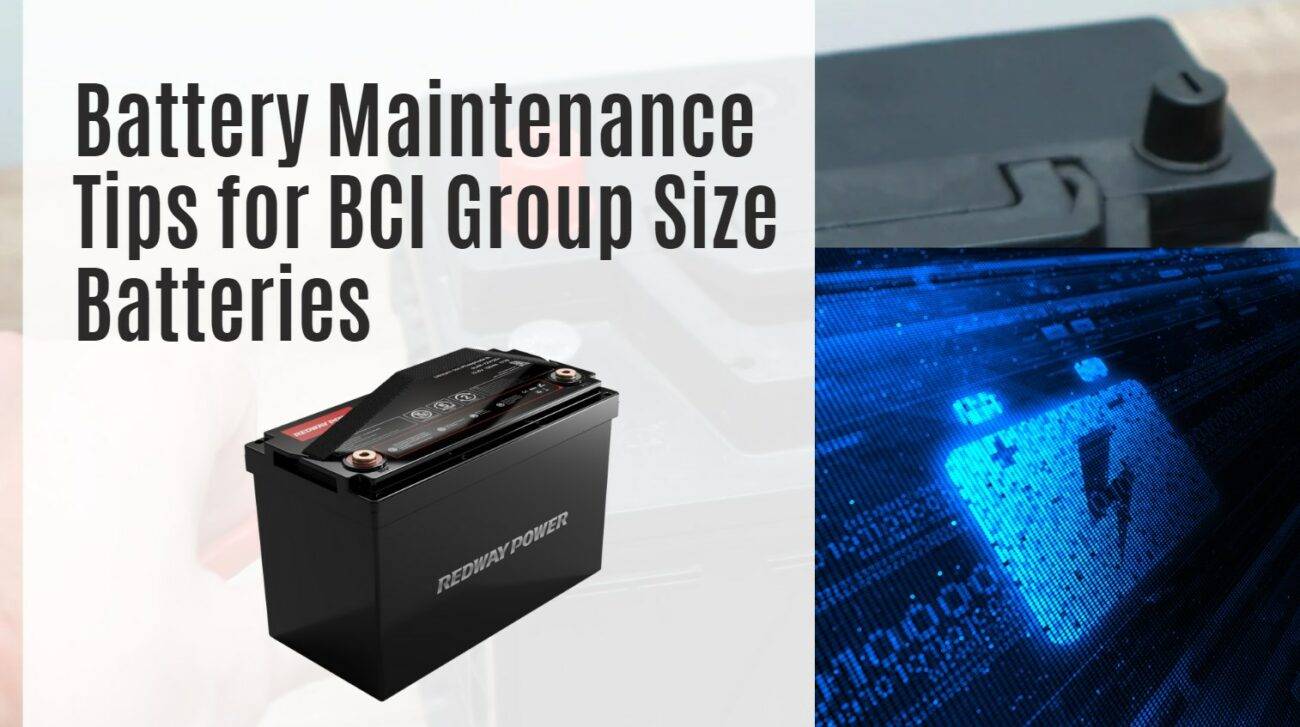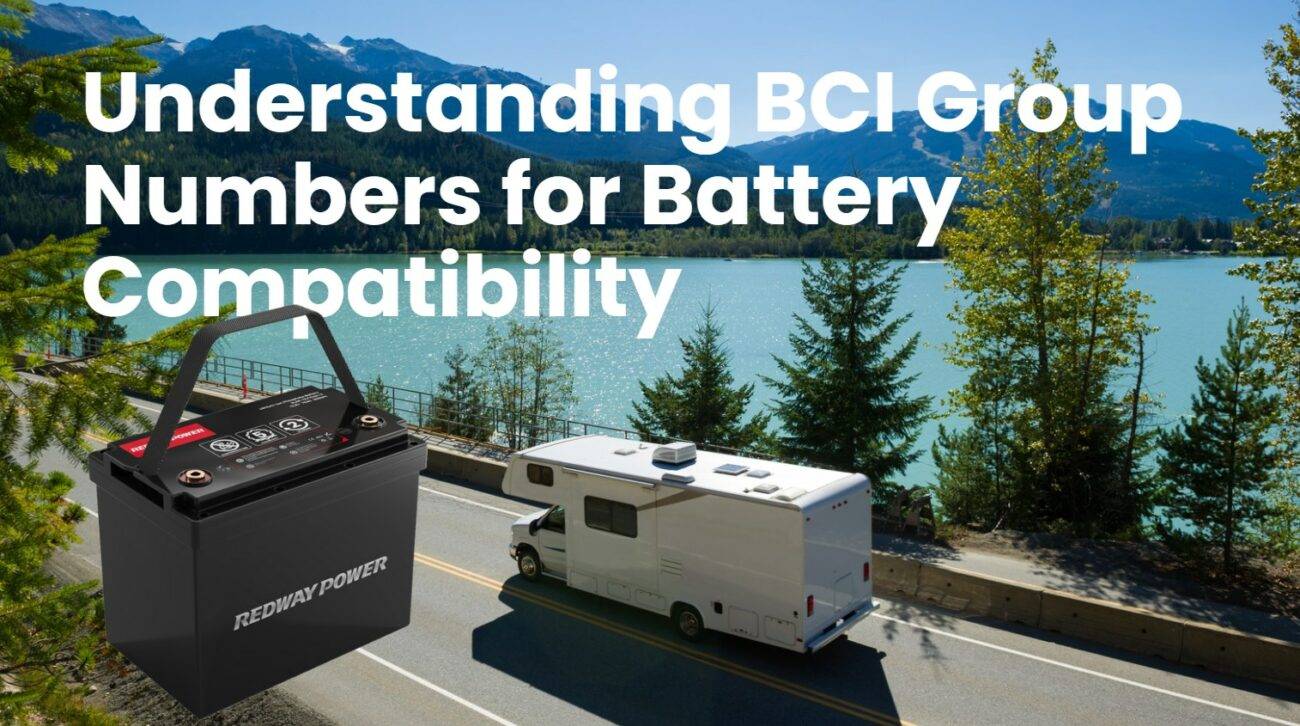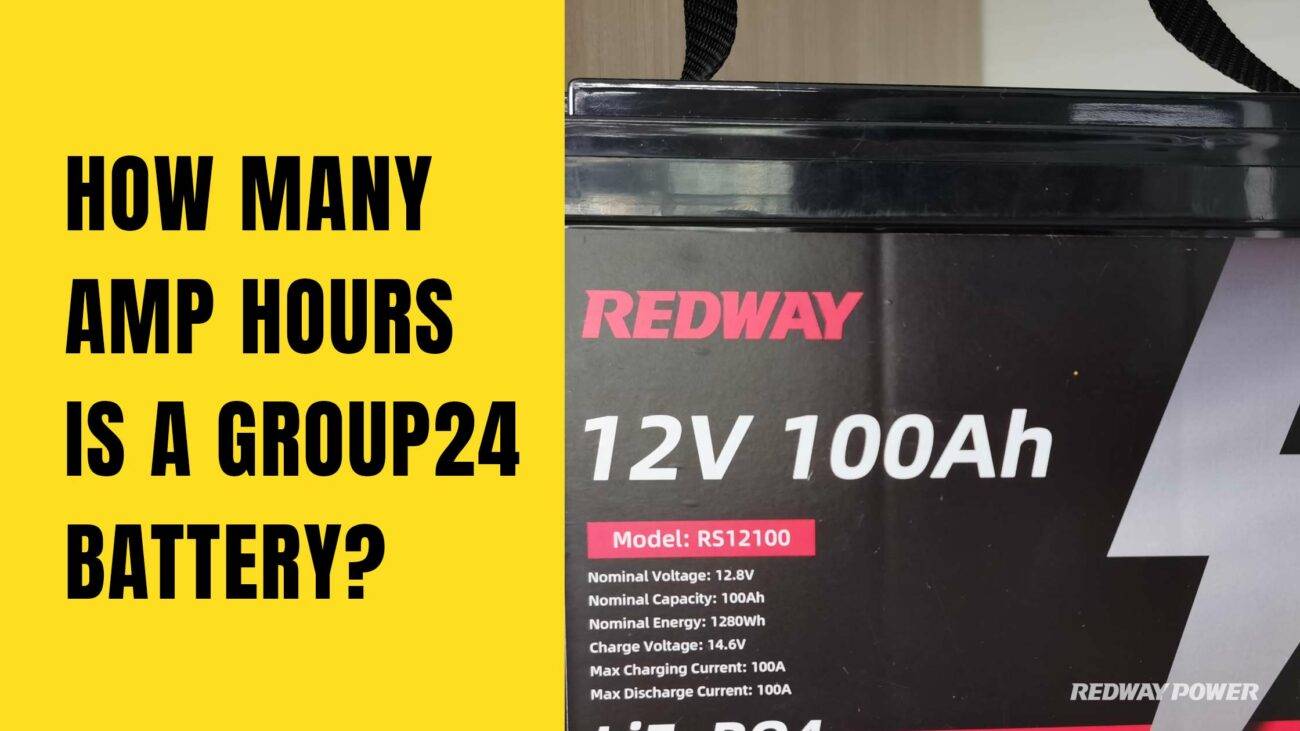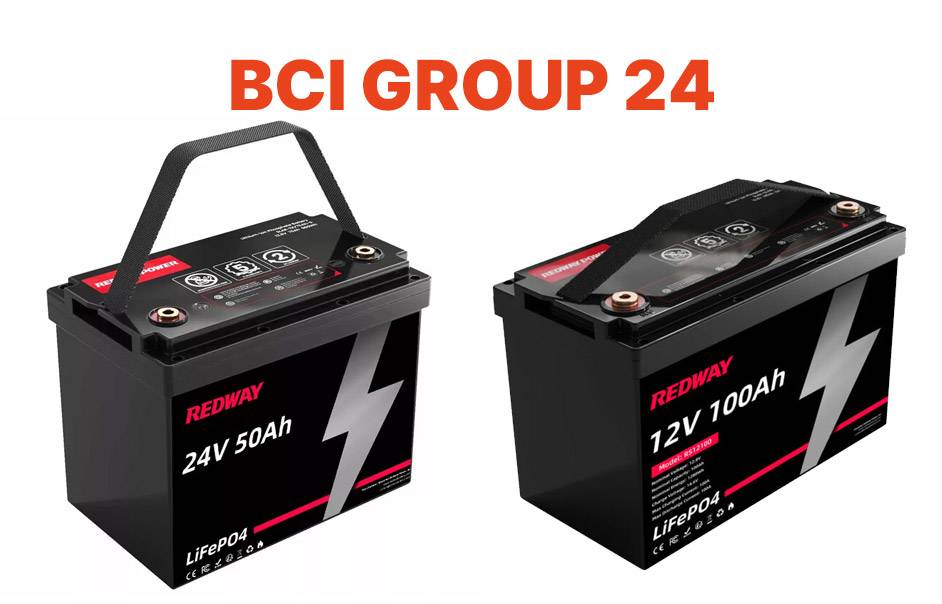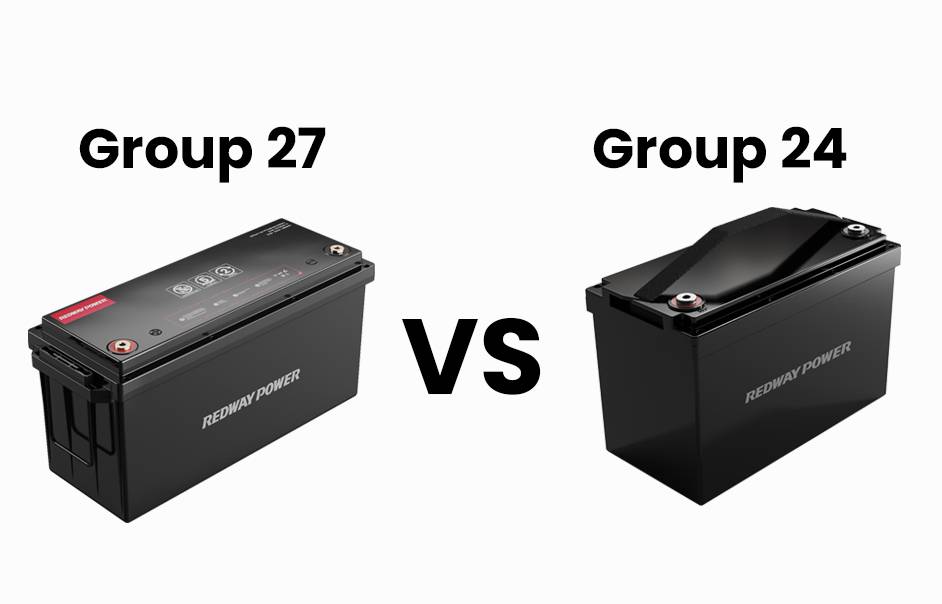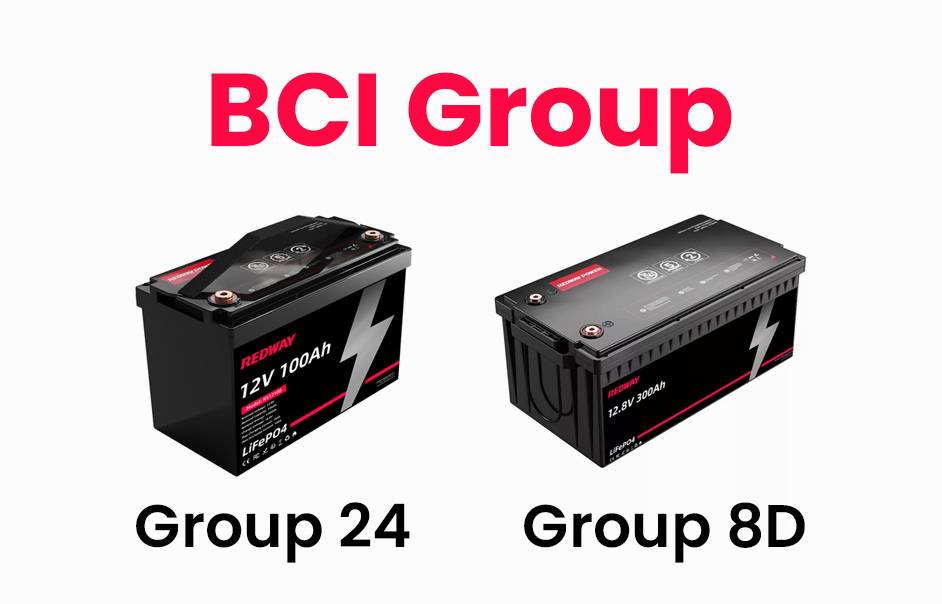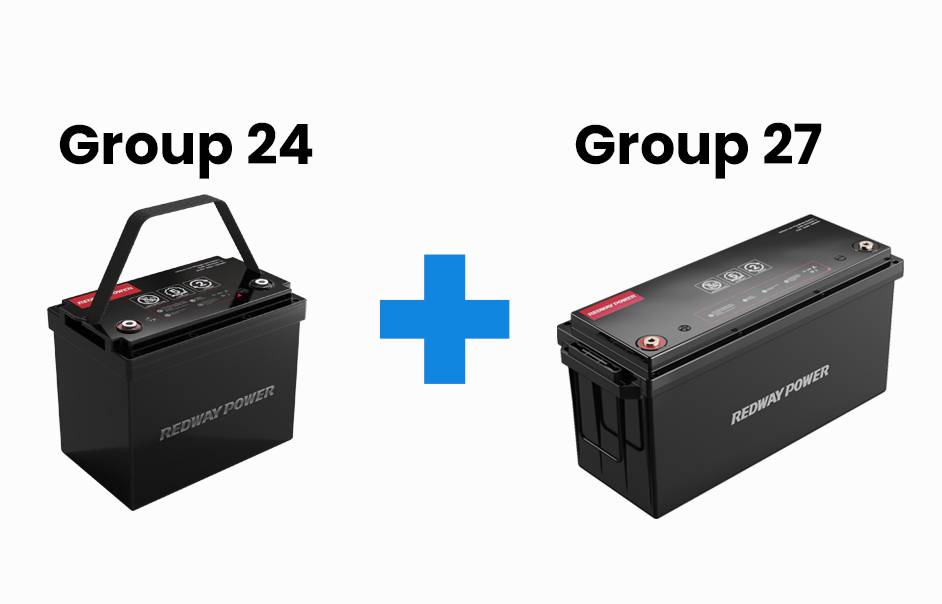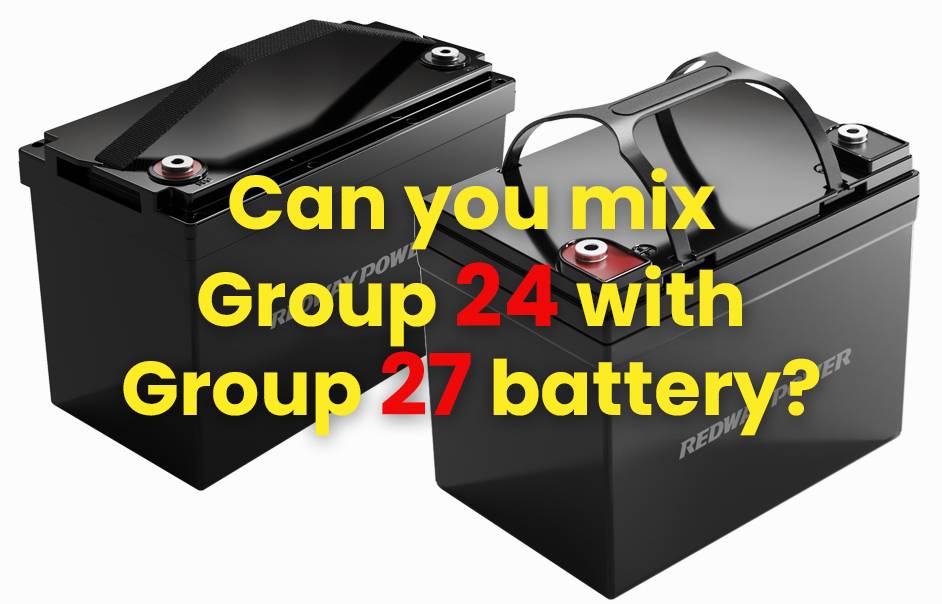- Forklift Lithium Battery
-
48V
- 48V 210Ah
- 48V 300Ah
- 48V 420Ah (949 x 349 x 569 mm)
- 48V 420Ah (950 x 421 x 450 mm)
- 48V 456Ah
- 48V 460Ah (830 x 630 x 590 mm)
- 48V 460Ah (950 x 421 x 450 mm)
- 48V 460Ah (800 x 630 x 600 mm)
- 48V 460Ah (820 x 660 x 470 mm)
- 48V 500Ah
- 48V 560Ah (810 x 630 x 600 mm)
- 48V 560Ah (950 x 592 x 450 mm)
- 48V 600Ah
- 48V 630Ah
-
48V
- Lithium Golf Cart Battery
- 12V Lithium Battery
12V 150Ah Lithium RV Battery
Bluetooth App | BCI Group 31
LiFePO4 Lithium
Discharge Temperature -20°C ~ 65°C
Fast Charger 14.6V 50A
Solar MPPT Charging - 24V Lithium Battery
- 36V Lithium Battery
- 48V Lithium Battery
-
48V LiFePO4 Battery
- 48V 50Ah
- 48V 50Ah (for Golf Carts)
- 48V 60Ah (8D)
- 48V 100Ah (8D)
- 48V 100Ah
- 48V 100Ah (Discharge 100A for Golf Carts)
- 48V 100Ah (Discharge 150A for Golf Carts)
- 48V 100Ah (Discharge 200A for Golf Carts)
- 48V 150Ah (for Golf Carts)
- 48V 160Ah (Discharge 100A for Golf Carts)
- 48V 160Ah (Discharge 160A for Golf Carts)
-
48V LiFePO4 Battery
- 60V Lithium Battery
-
60V LiFePO4 Battery
- 60V 20Ah
- 60V 30Ah
- 60V 50Ah
- 60V 50Ah (Small Size / Side Terminal)
- 60V 100Ah (for Electric Motocycle, Electric Scooter, LSV, AGV)
- 60V 100Ah (for Forklift, AGV, Electric Scooter, Sweeper)
- 60V 150Ah (E-Motocycle / E-Scooter / E-Tricycle / Tour LSV)
- 60V 200Ah (for Forklift, AGV, Electric Scooter, Sweeper)
-
60V LiFePO4 Battery
- 72V~96V Lithium Battery
- Rack-mounted Lithium Battery
- E-Bike Battery
- All-in-One Home-ESS
- Wall-mount Battery ESS
-
Home-ESS Lithium Battery PowerWall
- 24V 100Ah 2.4kWh PW24100-S PowerWall
- 48V 50Ah 2.4kWh PW4850-S PowerWall
- 48V 50Ah 2.56kWh PW5150-S PowerWall
- 48V 100Ah 5.12kWh PW51100-F PowerWall (IP65)
- 48V 100Ah 5.12kWh PW51100-S PowerWall
- 48V 100Ah 5.12kWh PW51100-H PowerWall
- 48V 200Ah 10kWh PW51200-H PowerWall
- 48V 300Ah 15kWh PW51300-H PowerWall
PowerWall 51.2V 100Ah LiFePO4 Lithium Battery
Highly popular in Asia and Eastern Europe.
CE Certification | Home-ESS -
Home-ESS Lithium Battery PowerWall
- Portable Power Stations
Group 24 Batteries, All You Need to Know
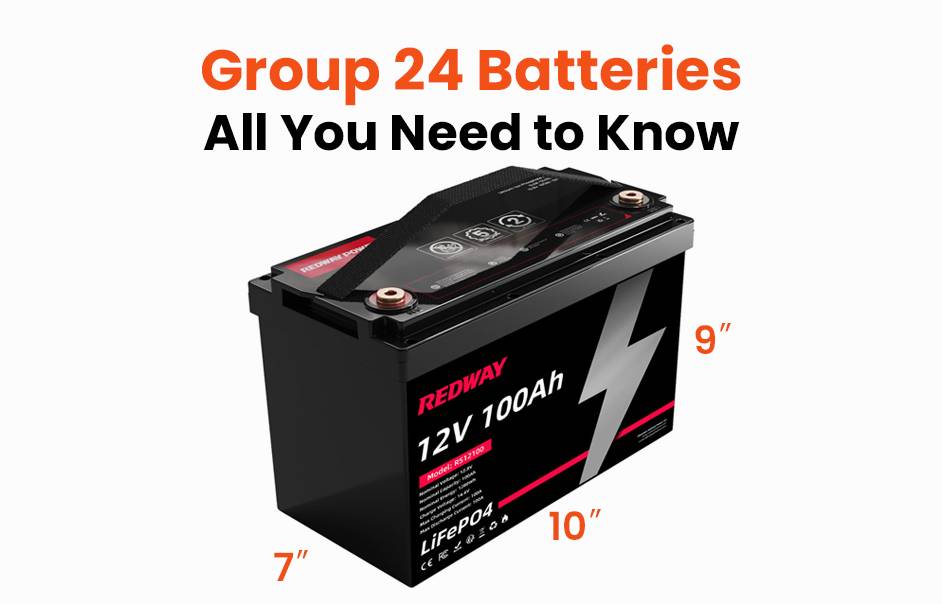
Group 24 batteries are widely used in various applications, including automotive, marine, and recreational vehicles, due to their robust performance and capacity. Understanding their specifications, advantages, and maintenance can help you determine if they are the right choice for your needs.
What are the specifications of a Group 24 battery?
Group 24 batteries typically have a voltage rating of 12 volts and come with capacities ranging from 70 to 85 amp-hours (Ah). Their dimensions generally measure about 10.25 inches in length, 6.75 inches in width, and 9 inches in height, making them versatile for various applications.Chart: Specifications Overview
| Specification | Value |
|---|---|
| Voltage | 12V |
| Capacity | Typically between 70 -85 Ah |
| Dimensions | Length: ~10.25″, Width: ~6.75″, Height: ~9″ |
What applications are suitable for Group 24 batteries?
Group 24 batteries are suitable for a variety of applications, including:
- Automotive Use: Ideal for starting engines and powering accessories.
- Marine Applications: Commonly used in boats for starting engines and running electronics.
- Recreational Vehicles (RVs): Provides power for lights, appliances, and other equipment.
What are the advantages of using Group 24 batteries?
The advantages include:
- Deep Cycling Capability: Designed to handle repeated discharges without significant damage.
- High Power Capacity: Offers substantial energy storage, making it suitable for high-demand applications.
- Versatility: Compatible with various devices due to standardized sizing.
Chart: Advantages Summary
| Advantage | Description |
|---|---|
| Deep Cycling Capability | Can withstand multiple discharge cycles |
| High Power Capacity | Stores more energy compared to smaller batteries |
| Versatility | Suitable for automotive, marine, and RV applications |
How do Group 24 batteries compare to other battery types?
Compared to other battery types like Group 31 or smaller sizes, Group 24 batteries offer a balance between size and capacity, making them more versatile but with slightly less capacity than larger groups like the Group 31.
What are the pros and cons of using a Group 24 battery?
Pros:
- High capacity suitable for demanding applications.
- Good durability under cycling conditions.
- Readily available in both lead-acid and lithium options.
Cons:
- Heavier than smaller batteries.
- Limited capacity compared to larger groups.
- Lead-acid versions require more maintenance.
How does temperature affect the performance of Group 24 batteries?
Temperature can significantly impact performance; extreme cold can reduce capacity while excessive heat can accelerate degradation. It is best to store these batteries at moderate temperatures to maximize lifespan.
What is the expected lifespan of a Group 24 battery?
The lifespan varies by type; lead-acid versions typically last 3 to 5 years, while lithium alternatives can last up to 10 years or more, depending on usage patterns and maintenance practices.
How can you properly maintain a Group 24 battery?
To maintain your Group 24 battery effectively:
- Regularly check water levels (for flooded lead-acid types).
- Clean terminals to prevent corrosion.
- Store in a cool, dry place when not in use.
- Charge regularly but avoid overcharging.
Chart: Maintenance Practices
| Practice | Description |
|---|---|
| Water Level Checks | Essential for flooded lead-acid types |
| Terminal Cleaning | Prevents corrosion |
| Proper Storage | Store at room temperature |
Expert Views
“Understanding the specifications and maintenance needs of your group size battery is crucial; this knowledge not only enhances performance but also extends its lifespan significantly.”
FAQ Section
- What is the typical capacity range for a Group 24 battery?
Group 24 batteries typically have capacities ranging from 70Ah to85Ah. - How often should I check my group size battery?
Regular checks every few months are recommended, especially before long trips or during seasonal storage. - Can I use a group size battery in different applications?
Yes, group size batteries like the group size can be used across various applications including automotive, marine, and RVs due to their versatility.
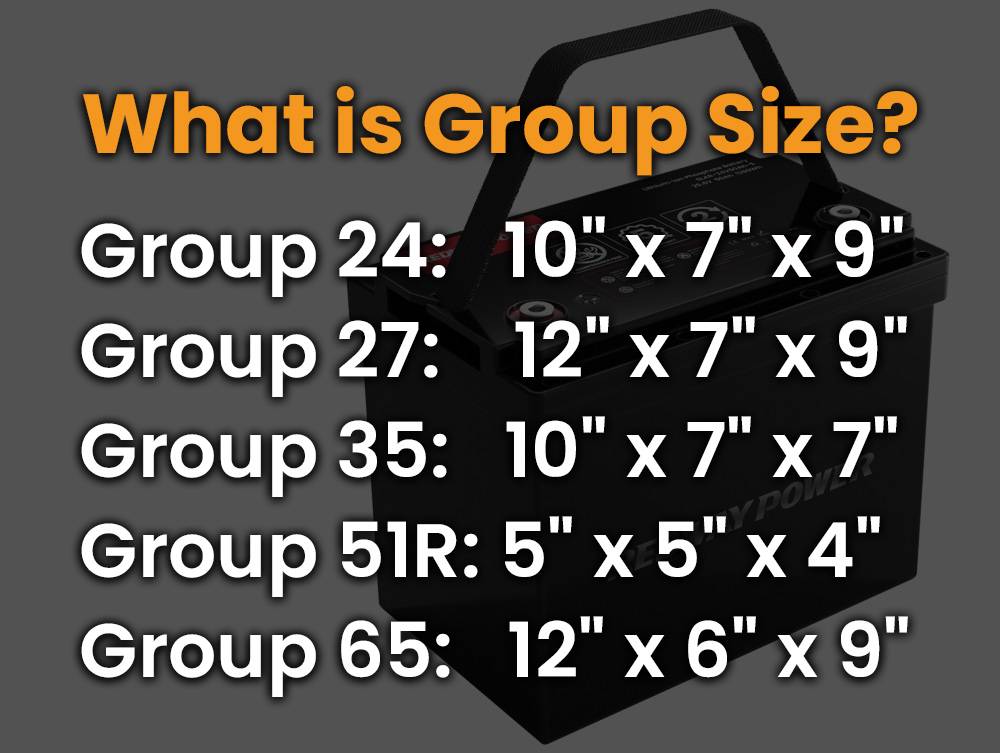
Can equipment using Group 24 lead acid batteries upgrade to lithium-ion?














